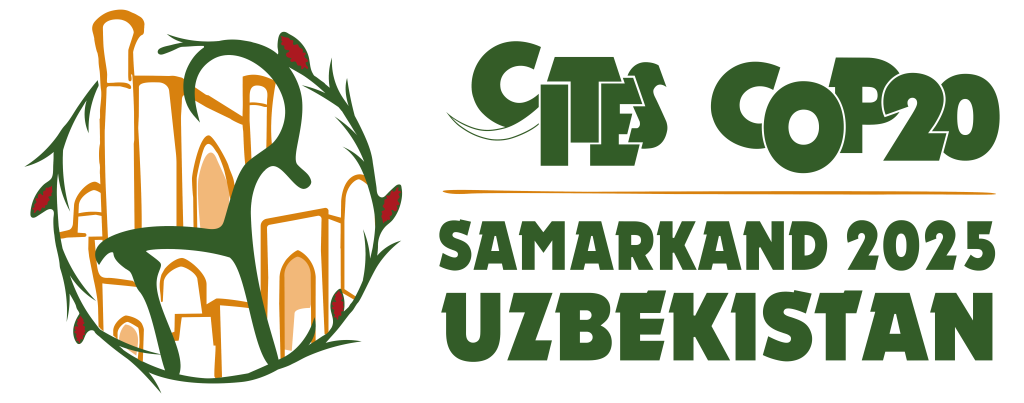Sea turtles are an at risk species that on several occasions IWMC has recommended for listing in CITES’ appendices. For example, in 2000 at CITES’ CoP-11 in Gigiri, Kenya, IWMC supported the listing of the Spotted turtle in appendix II because the sustainability of this species is genuinely at risk, including by international trade. It takes a long time for this species to reach maturity and its eggs and juveniles have a high mortality rate. Though the main threat to the species is habitat degradation and destruction.
At CoP-11, IWMC recommended that the Parties adopt a proposal by Cuba and Dominica to transfer the population of hawksbill turtles inhabiting Cuban waters from Appendix I to Appendix II. However, IWMC argued against calls for African spurred tortoise – Geochelone sulcata – to be transferred from Appendix II to Appendix I, on the grounds that the proposers had not submitted sufficient evidence.
One of the major threats to sea turtles has been the adverse knock-on impact of shrimp harvesting. The mitigation for this risk is the development of specialised fishing techniques that do not threaten sea turtles.
In 2005 the US government gave a positive rating to eight nations and one economy — the Bahamas, China, the Dominican Republic, Fiji, Hong Kong, Jamaica, Oman, Peru and Sri Lanka – for harvesting shrimp ‘using manual rather than mechanical means to retrieve nets, or use other fishing methods not harmful to sea turtles’. And it reported that sixteen nations have shrimp fisheries only in cold waters, where the risk of taking sea turtles is negligible: Argentina, Belgium, Canada, Chile, Denmark, Finland, Germany, Iceland, Ireland, the Netherlands, New Zealand, Norway, Russia, Sweden, the United Kingdom, and Uruguay. While Trinidad and Tobago and Cost Rica were at that time uncertified. (See Sea Turtle Conservation and Shrimp Imports.)


